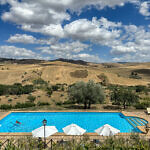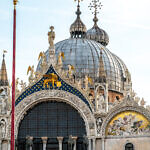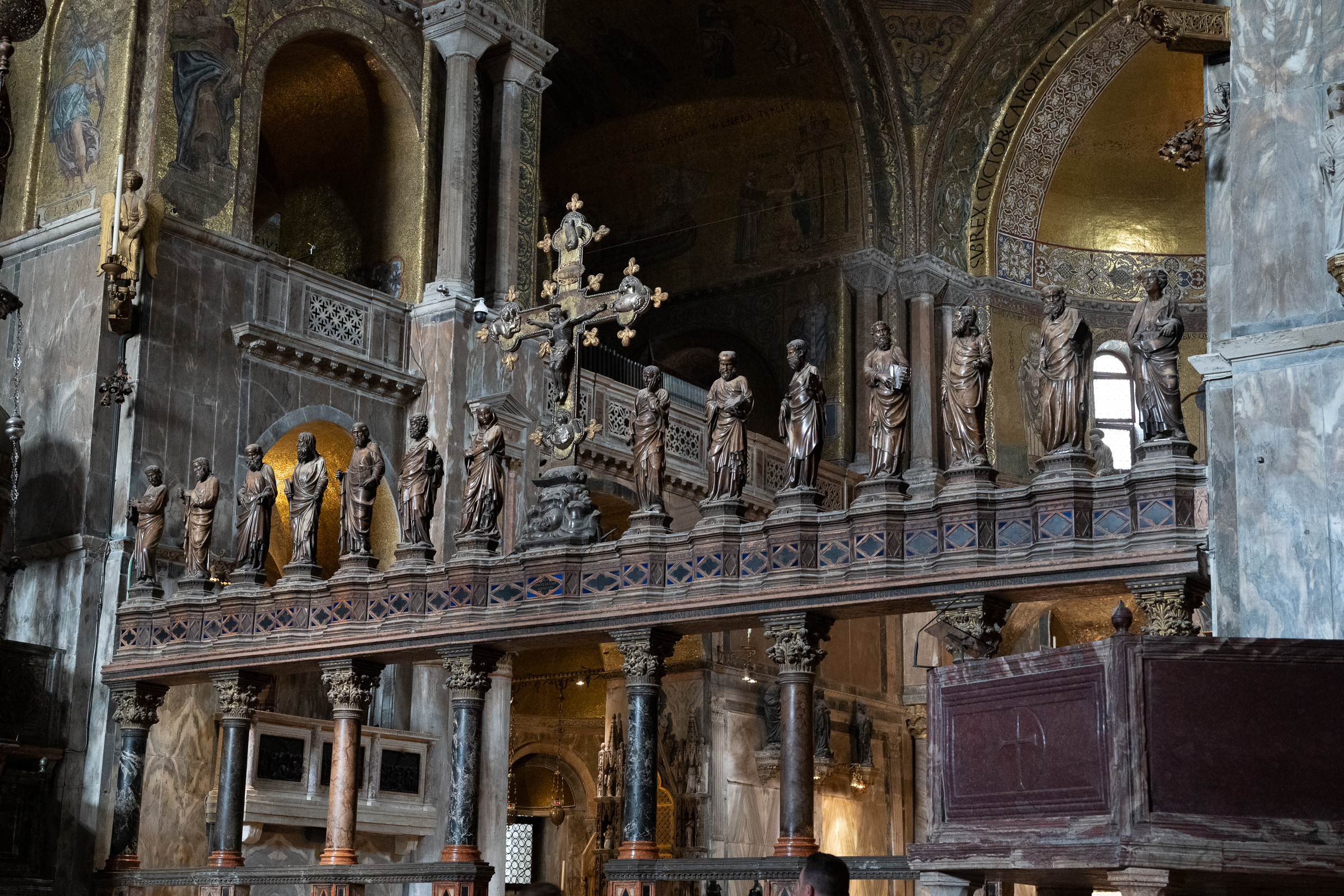
The walking tour "Venice: Highlights Tour, St. Mark's Basilica & Doge's Palace" by Walks In Europe was a comprehensive dive into Venice's vibrant history
For exploring the delicate details of Venice, I knew that I wanted to view the Doge Palace and St. Mark’s Basilica. After comparing Airbnb Experience, Viator and Trip Advisor, I selected the “Venice: Highlights Tour, St. Mark’s Basilica & Doge’s Palace” by Walks In Europe on Get Your Guide. It felt like the most comprehensive tour that fit perfectly into my day’s exploration.
The Doge’s Palace
First off, I need to express that this tour is LONG. The detail of Doge’s Palace is so grand, so detailed and so deep that it’s relentless. We met our guide between two pillars in St. Mark’s Square, outside of the Palace.

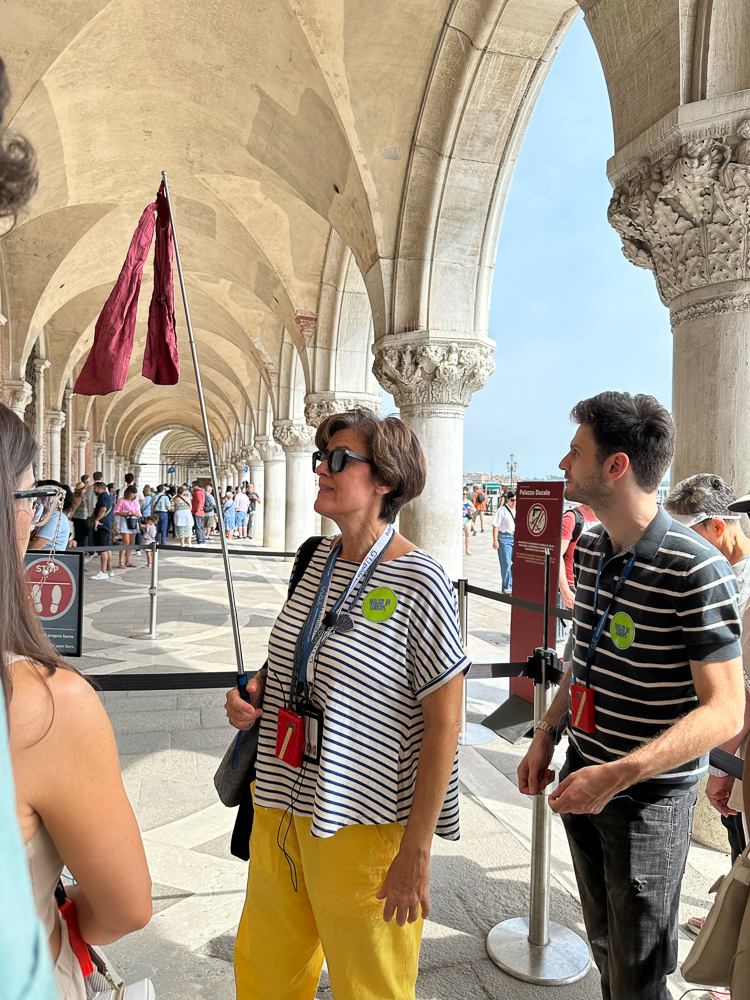
The Doge’s Palace, also known as the Palazzo Ducale in Italian, is one of the most iconic and historically significant buildings in Venice, Italy. It has a rich and complex history that spans over a thousand years. Here is a brief overview of its history:
The first Doge’s Palace was built in the 9th century, during the early days of the Venetian Republic. This early structure was a modest fortress and residence for the Doge, who was the elected leader of the Venetian Republic.
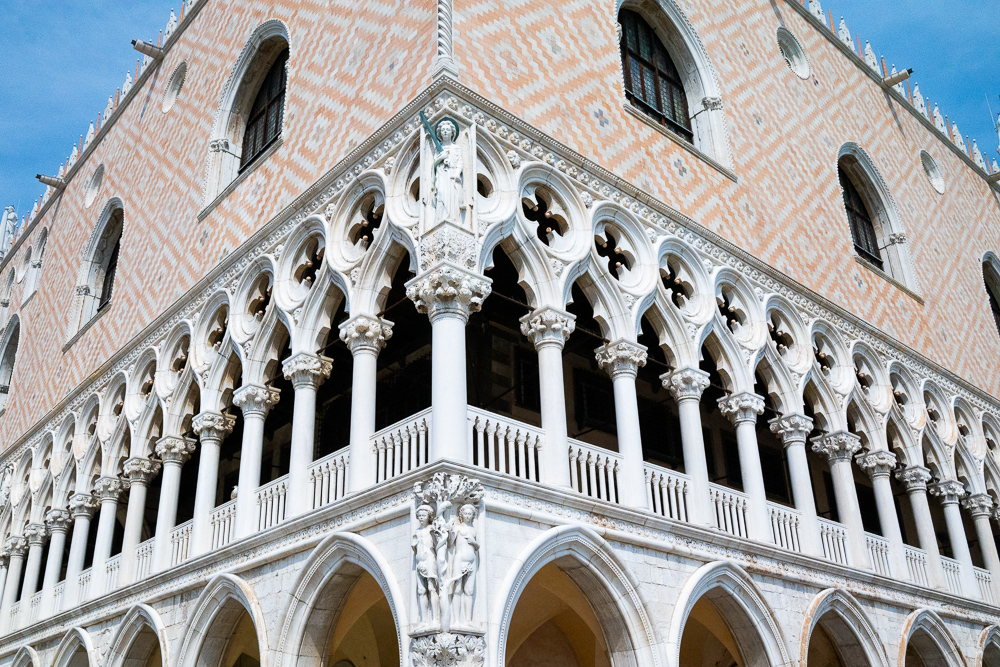
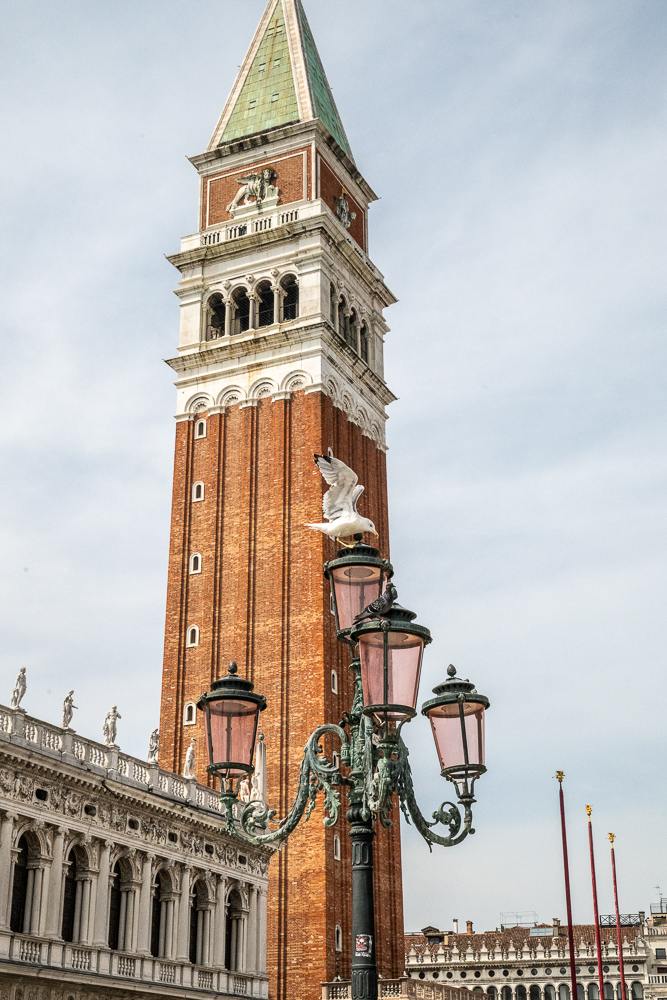
The Doge’s Palace served as the political and administrative center of the Venetian Republic. It housed various government offices, including the chambers of the Great Council, the Senate, and the Council of Ten. These institutions governed Venice for centuries.
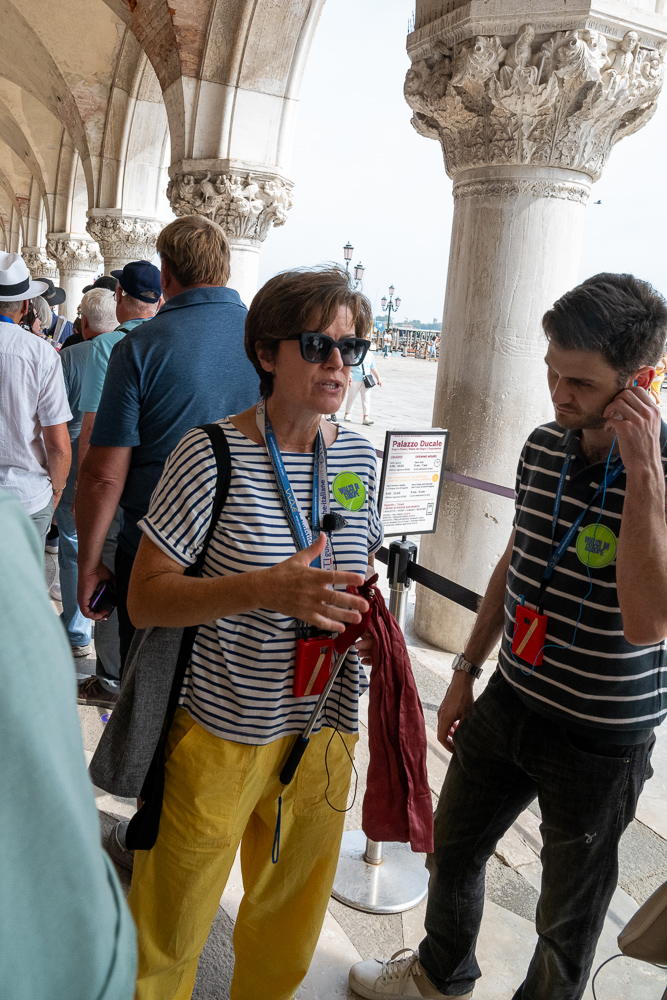
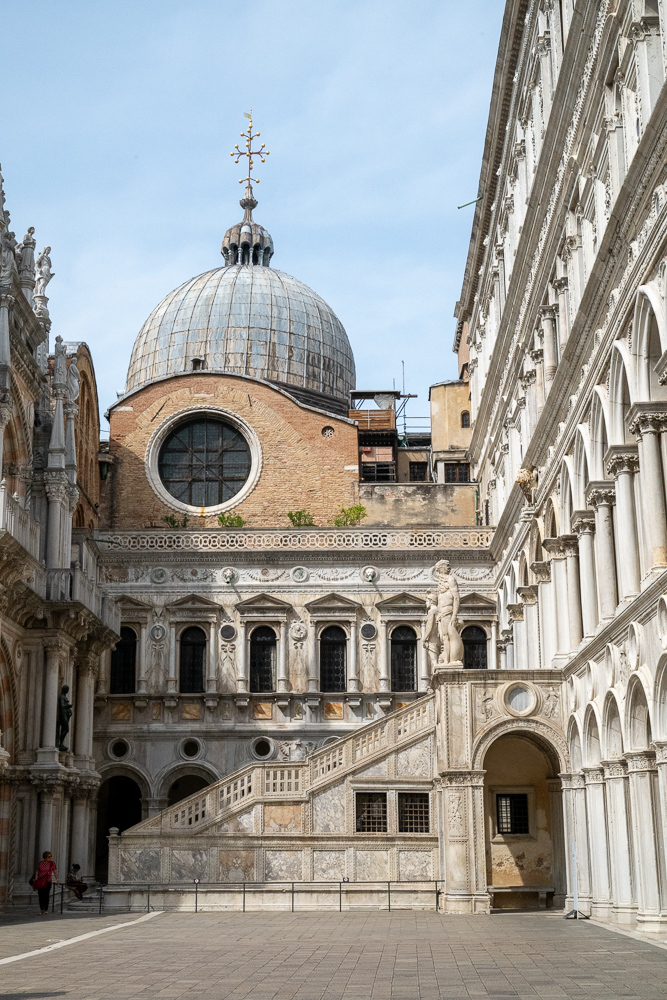
It was designed to impress visitors with its opulent architecture, magnificent artwork, and luxurious furnishings.
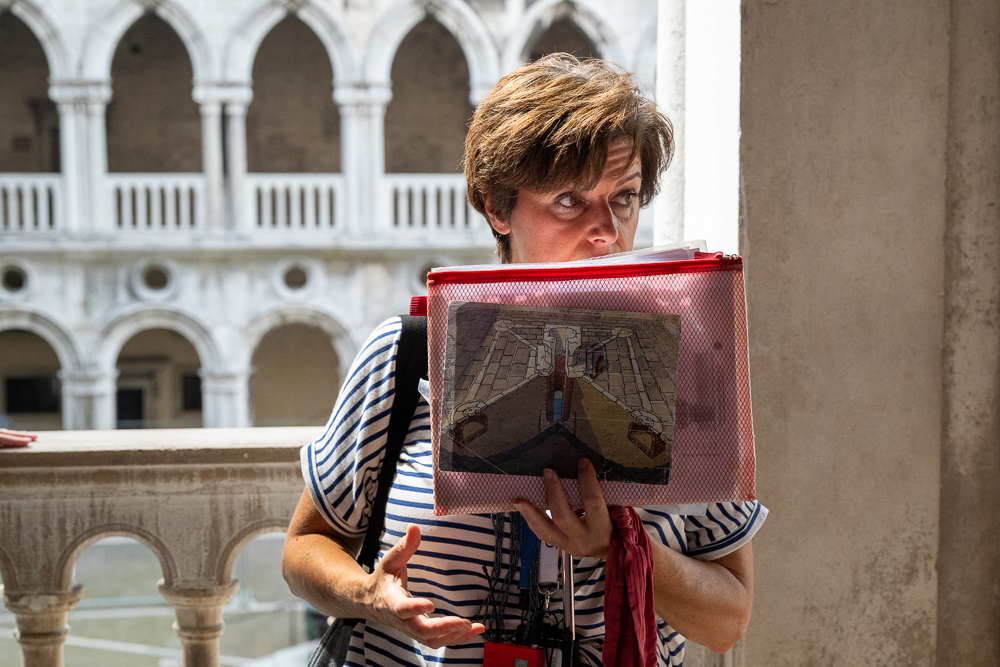
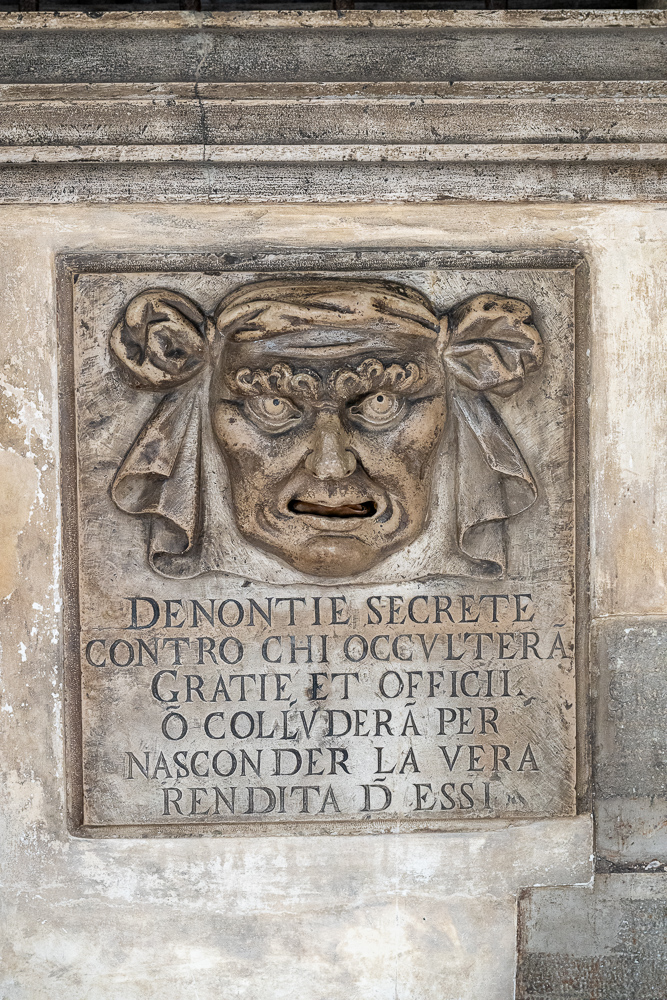
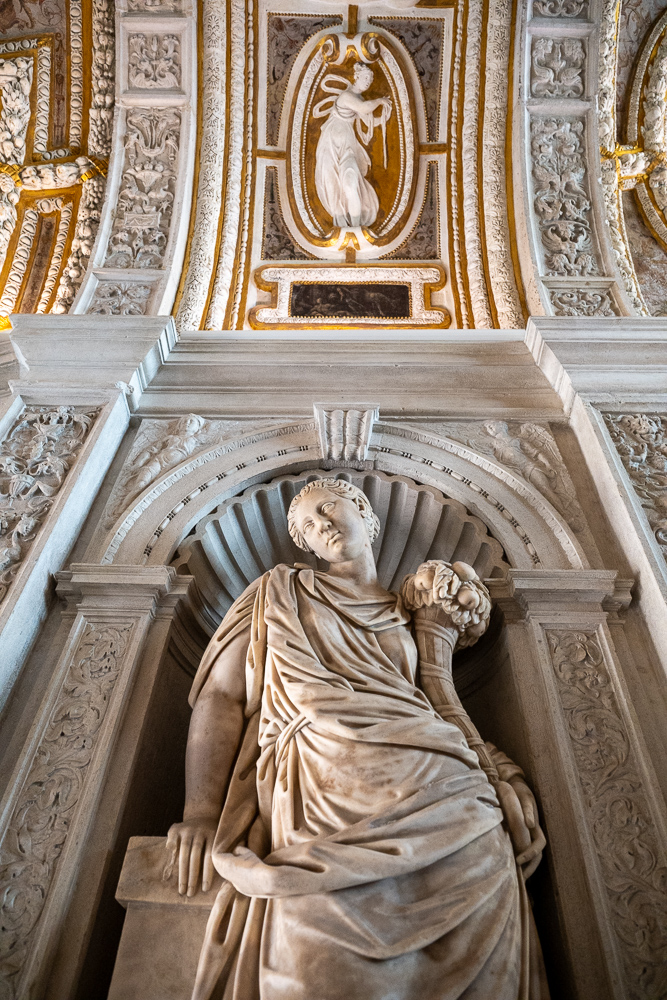
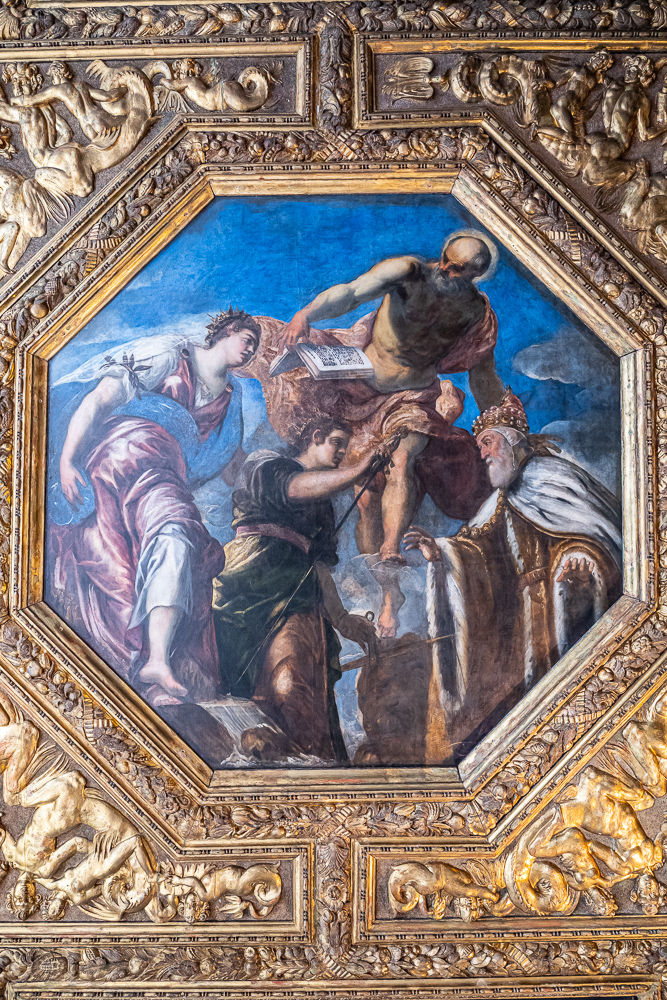
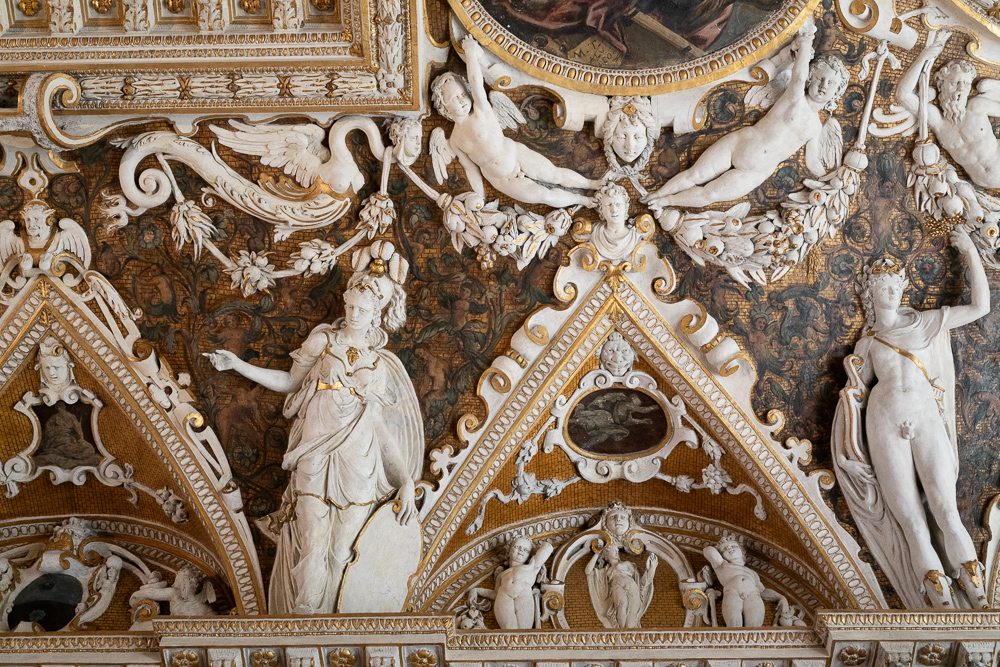
In 1602, the famous Bridge of Sighs was constructed to connect the Doge’s Palace to the nearby prisons. The bridge earned its name from the supposed sighs of prisoners as they walked from the courtroom to their cells.
What’s incredible is that during our walk over the Bridge, I was able to snap photos of the Regata Storica di Venezia (Venice Regatta).
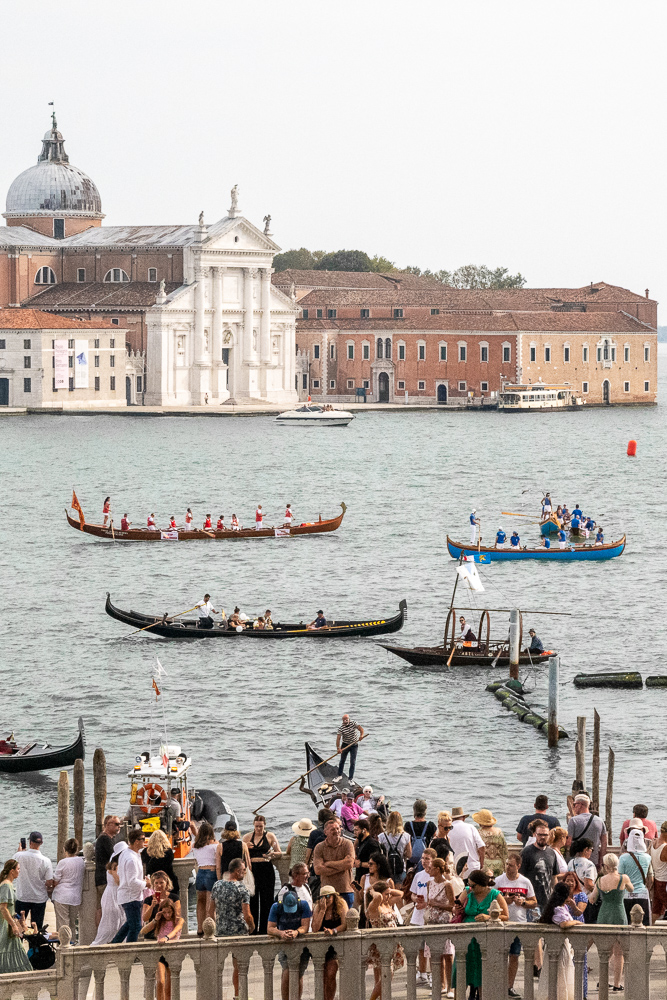
Within the jail area, I felt a bit of awe in the energy of the confinement space. It was absolutely incredible to listen to our guide speak of the disgusting, cramped space that prisoners were subject to.
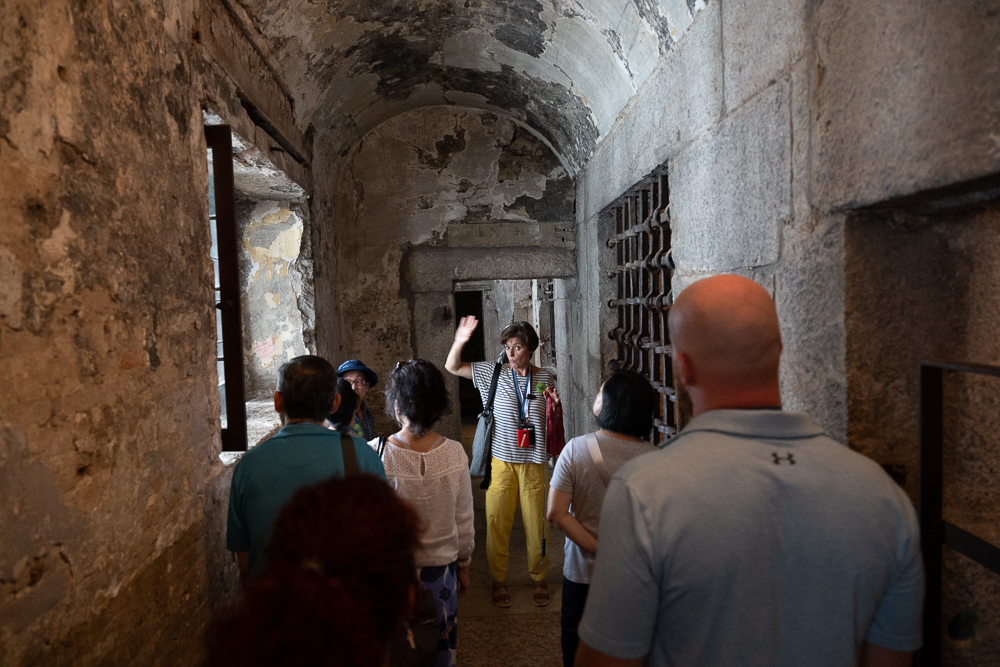
As Venice’s power waned in the 18th century, the Doge’s Palace began to lose its significance. Napoleon Bonaparte conquered Venice in 1797, and the Venetian Republic was dissolved.
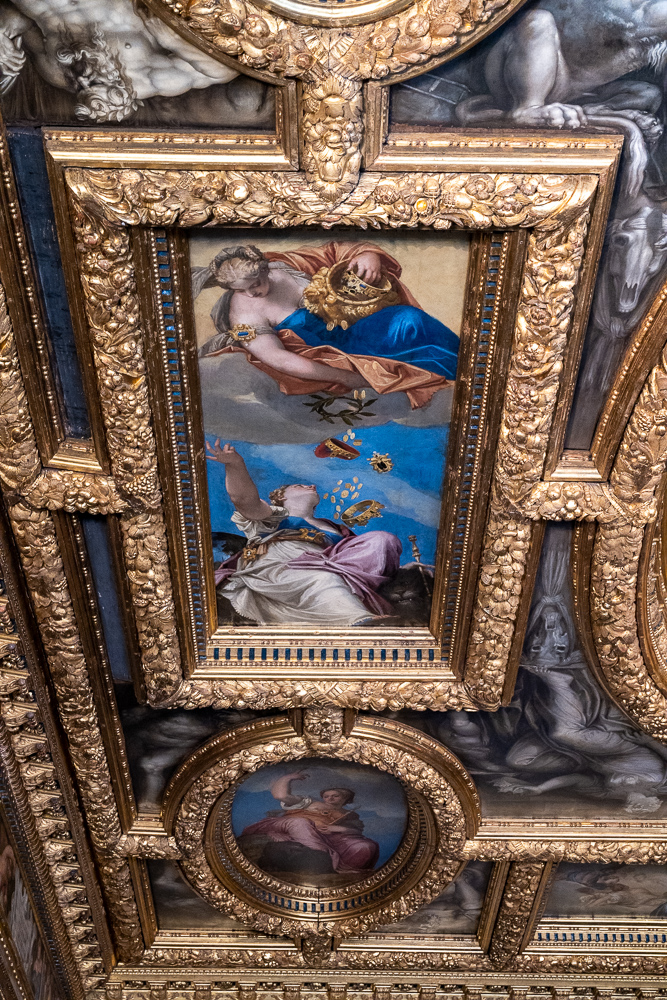
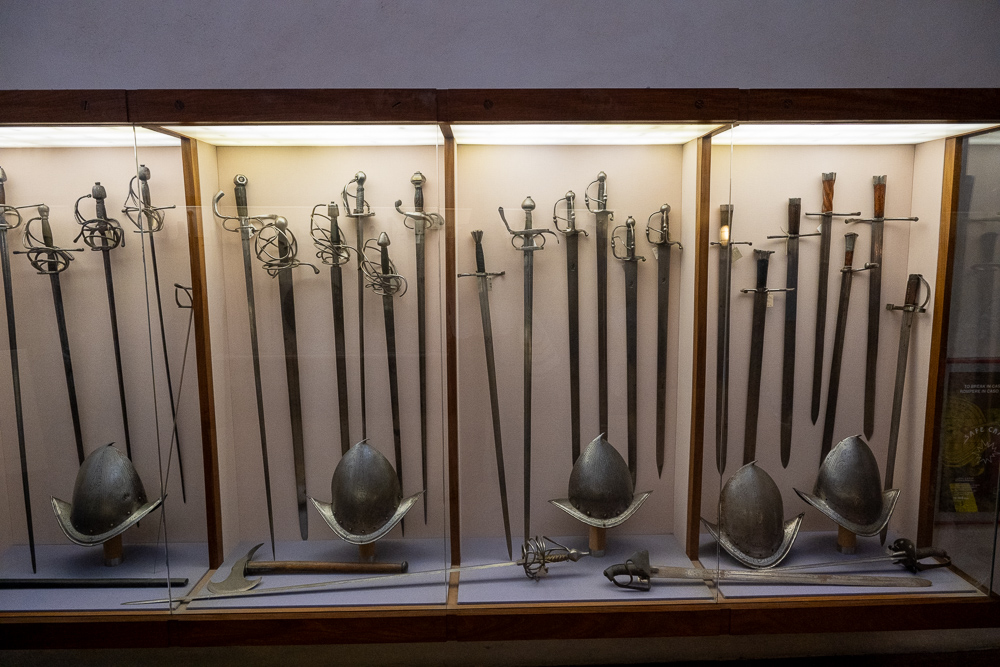
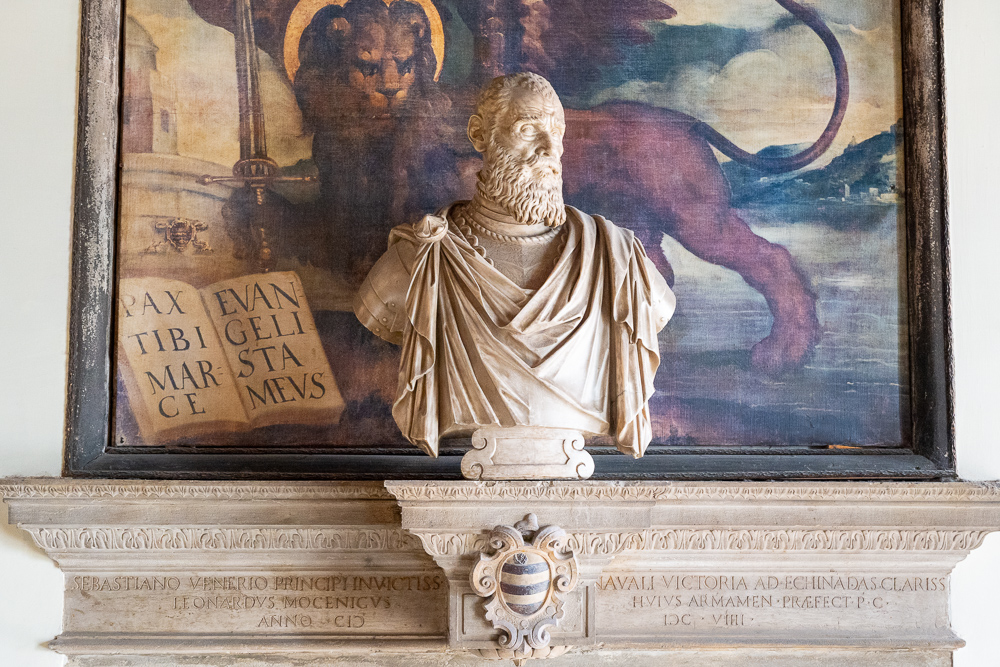
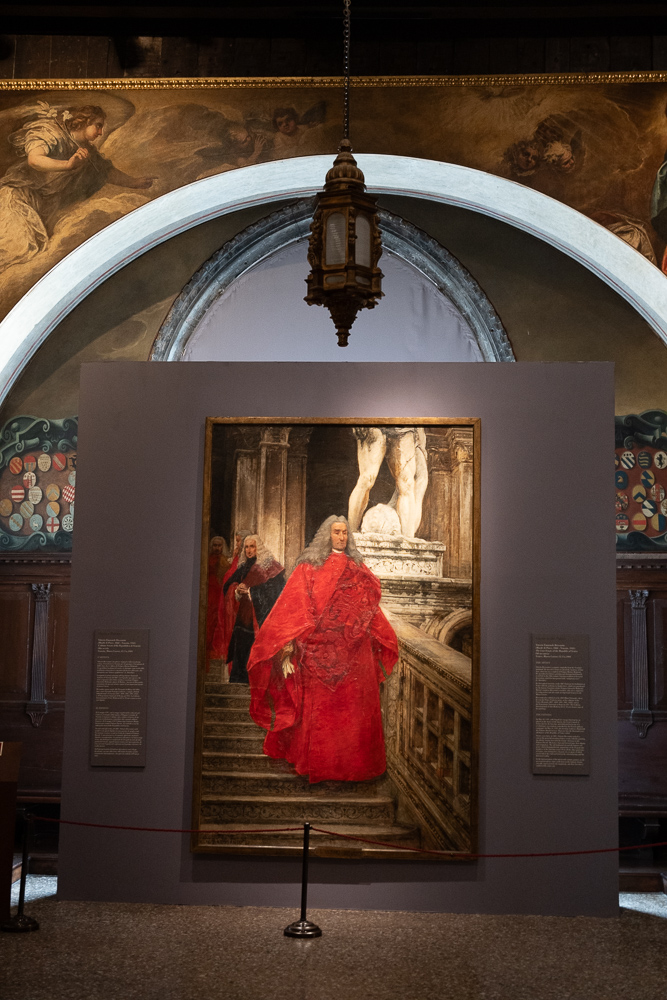
After the fall of the Venetian Republic, the palace went through various uses, including serving as a government building under the Habsburgs during the Austrian rule. It later became a museum.
In the 19th and 20th centuries, efforts were made to preserve and restore the palace to its former glory. Many of its historic rooms and chambers were opened to the public, allowing visitors to explore its rich history and admire its art and architecture.
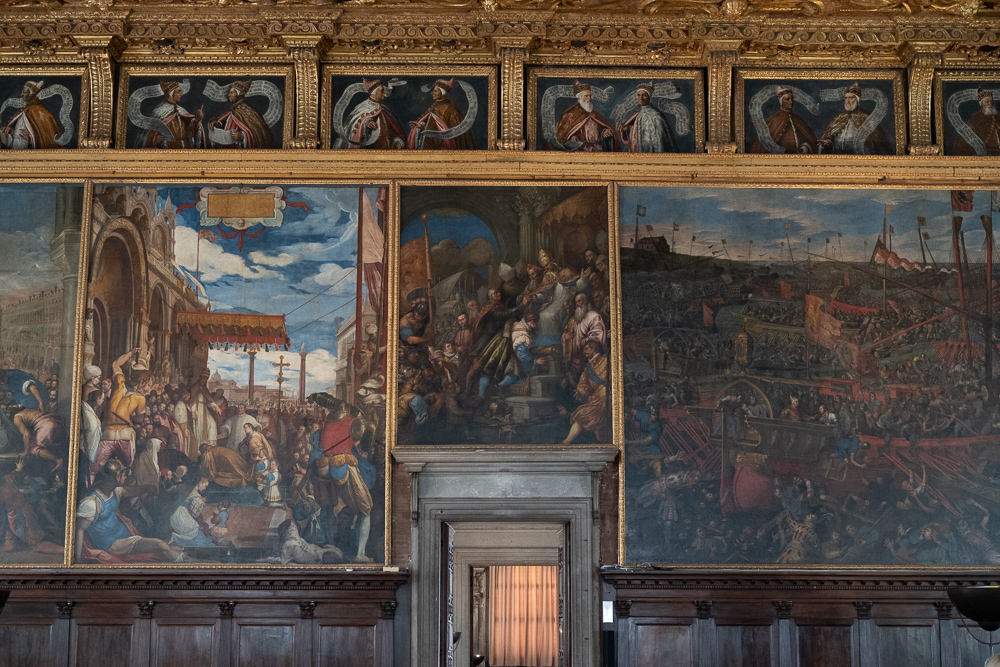
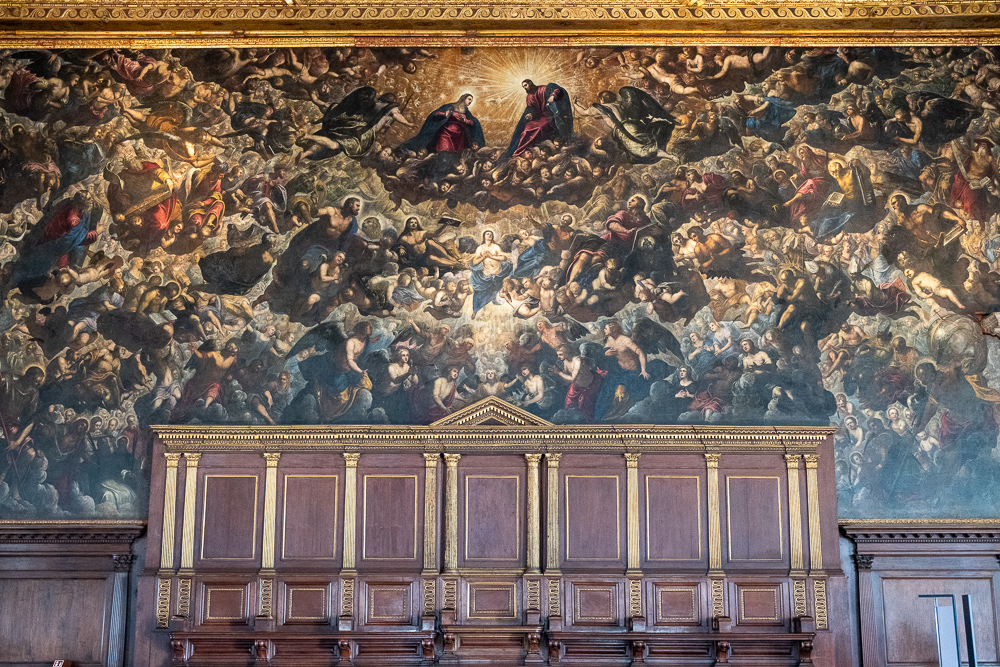
Today, the Doge’s Palace is one of the most visited attractions in Venice, showcasing the city’s cultural and political history. It stands as a testament to the grandeur and influence of the Venetian Republic and its enduring impact on art and architecture.
The tour of the grand Doge Palace was absolutely, without a doubt, on par with the tour of the Vatican. It was immense, comprehensive and absolutely beautiful. Our guide spoke of the history with such creative force, I could truly sense the energy of Venice through her tour.
St. Mark’s Basilica
After the tour of the Palace, we entered St. Mark’s Basilica.
The origins of St. Mark’s Basilica can be traced back to the 9th century when Venetian merchants allegedly stole the relics of Saint Mark the Evangelist from Alexandria, Egypt. According to legend, two Venetian merchants smuggled the saint’s remains back to Venice in barrels of pork to avoid detection.
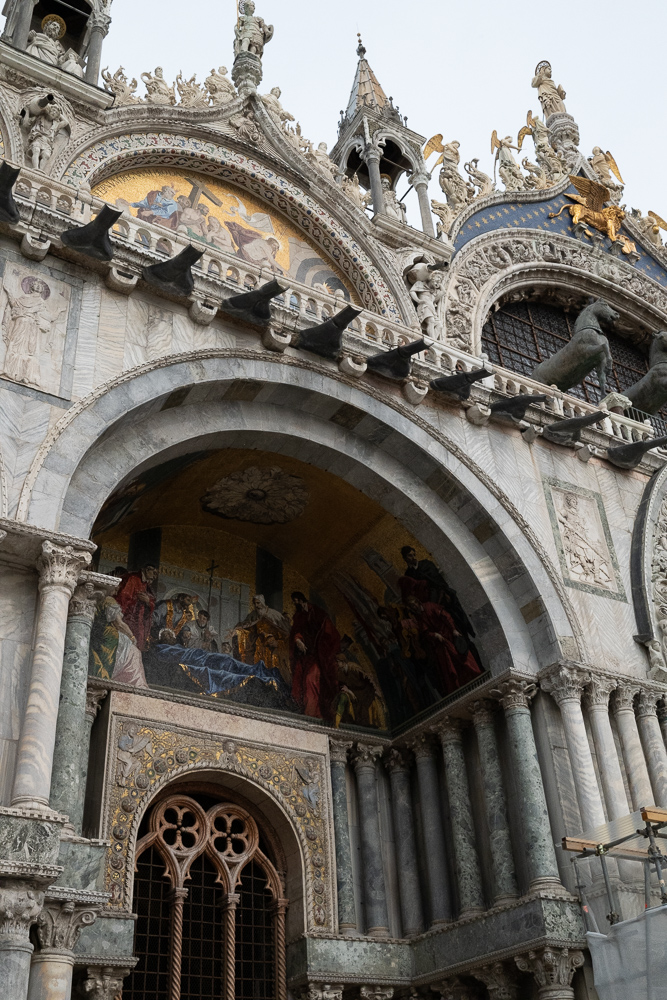
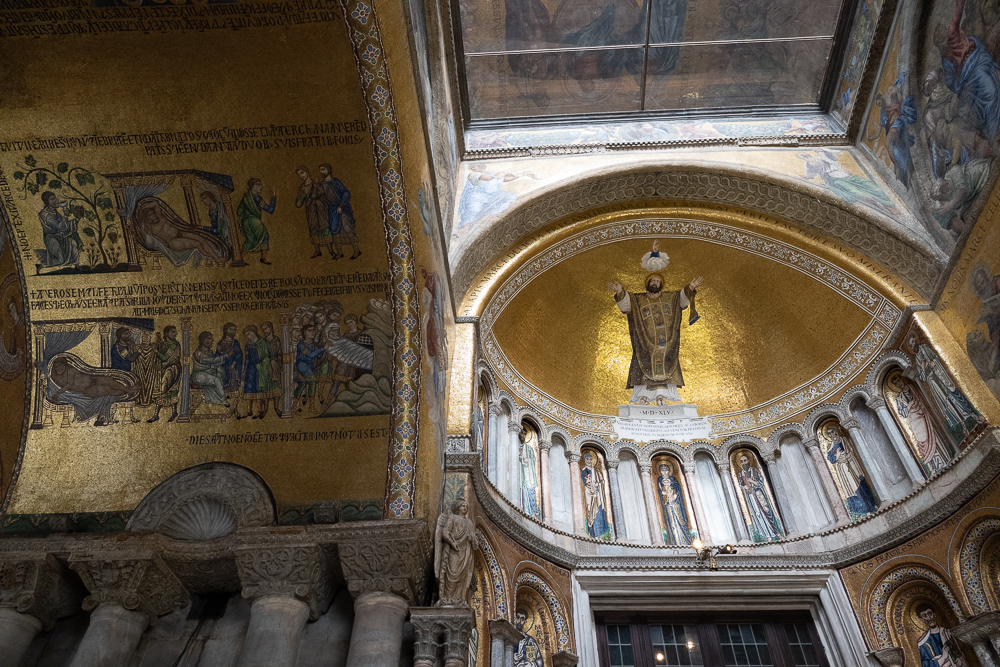
In 976, the original church was destroyed in a fire. Doge Pietro I Orseolo subsequently commissioned the construction of a new, larger basilica to house the precious relics of Saint Mark. This basilica became the foundation for the present-day St. Mark’s Basilica.
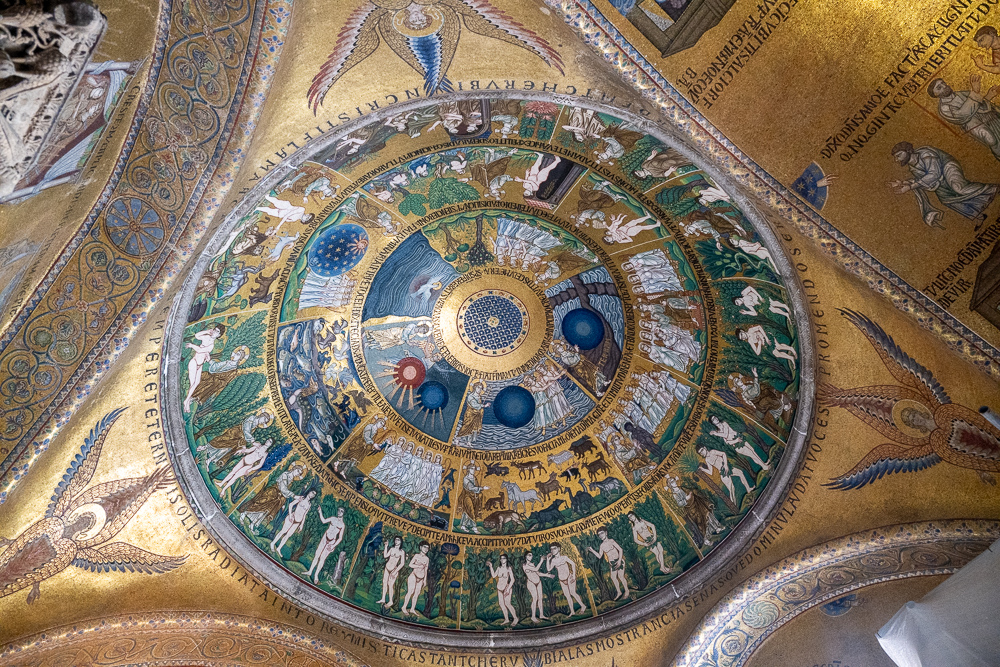
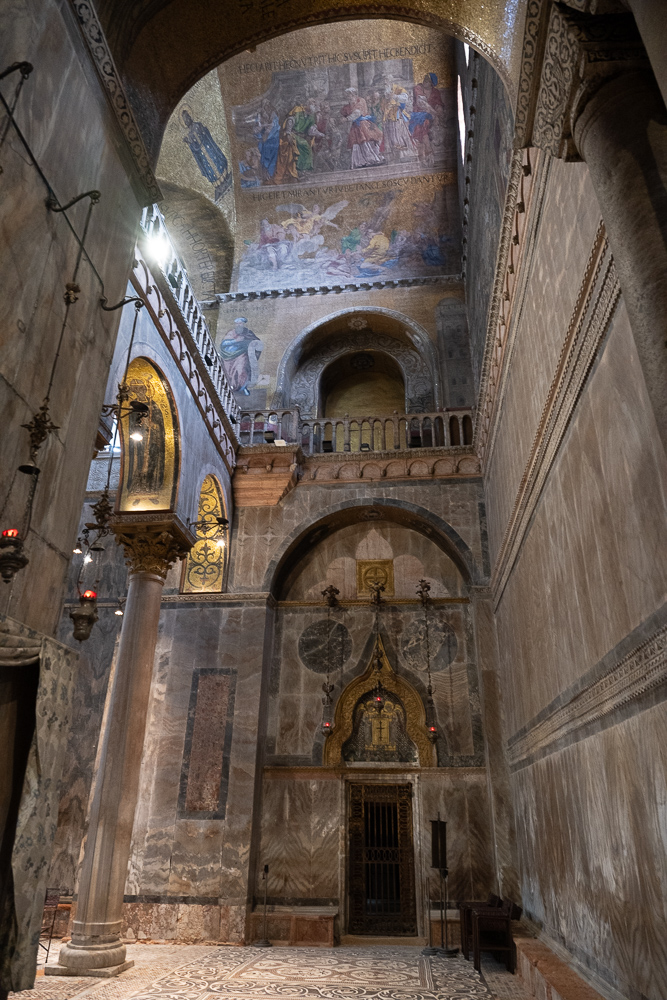
The architectural style of St. Mark’s Basilica reflects the influence of both Byzantine and Italian architectural traditions. The basilica’s five domes, intricate mosaics, and ornate facades are notable features that reflect Byzantine influence.
St. Mark’s Basilica is known for its stunning mosaics, which cover the interior walls and domes, depicting religious and historical scenes.
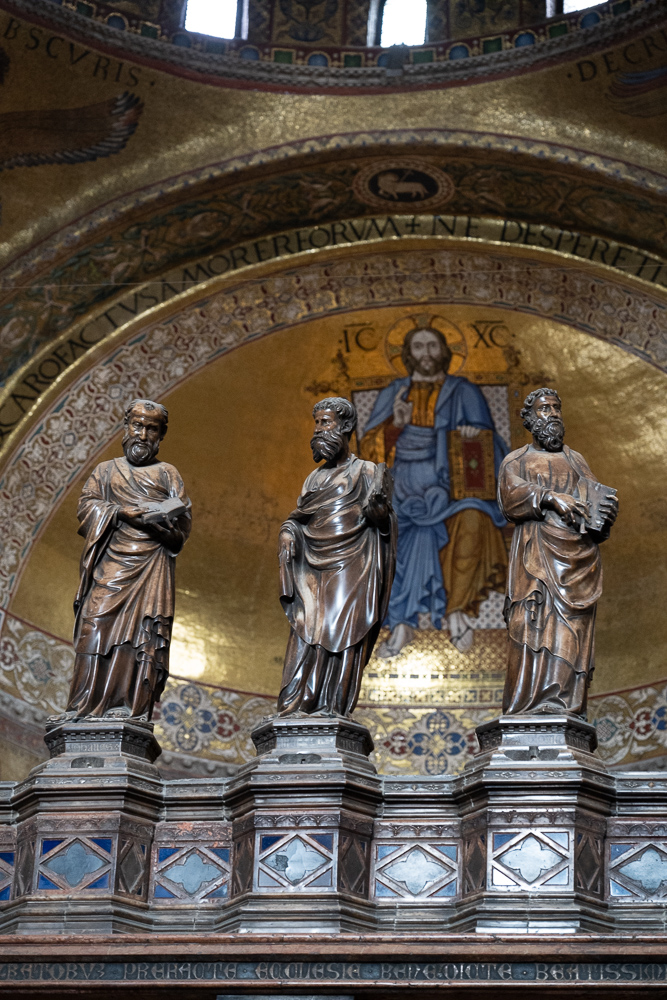
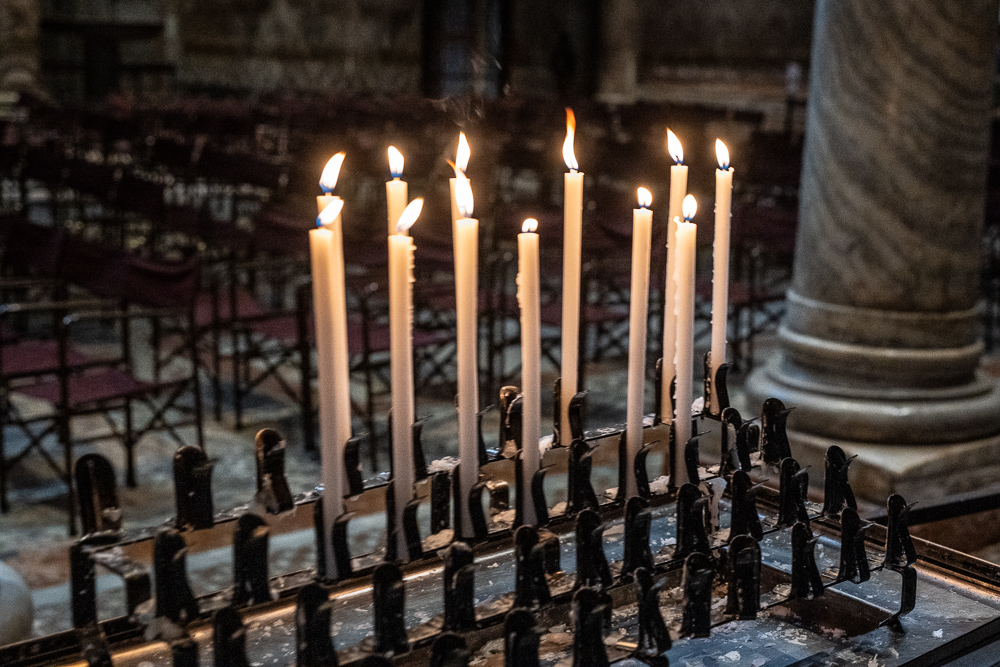
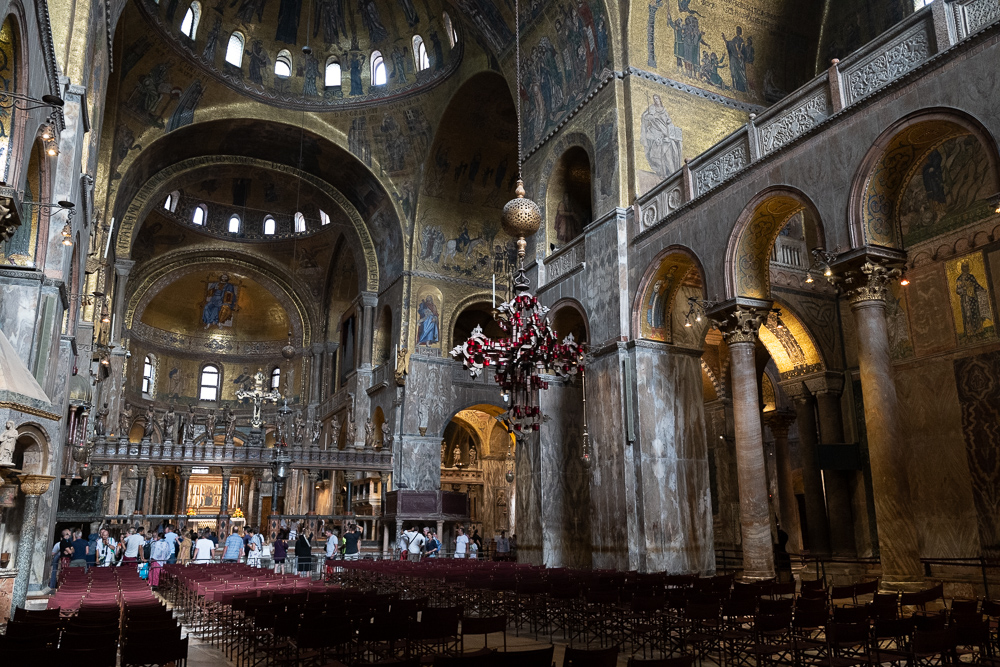
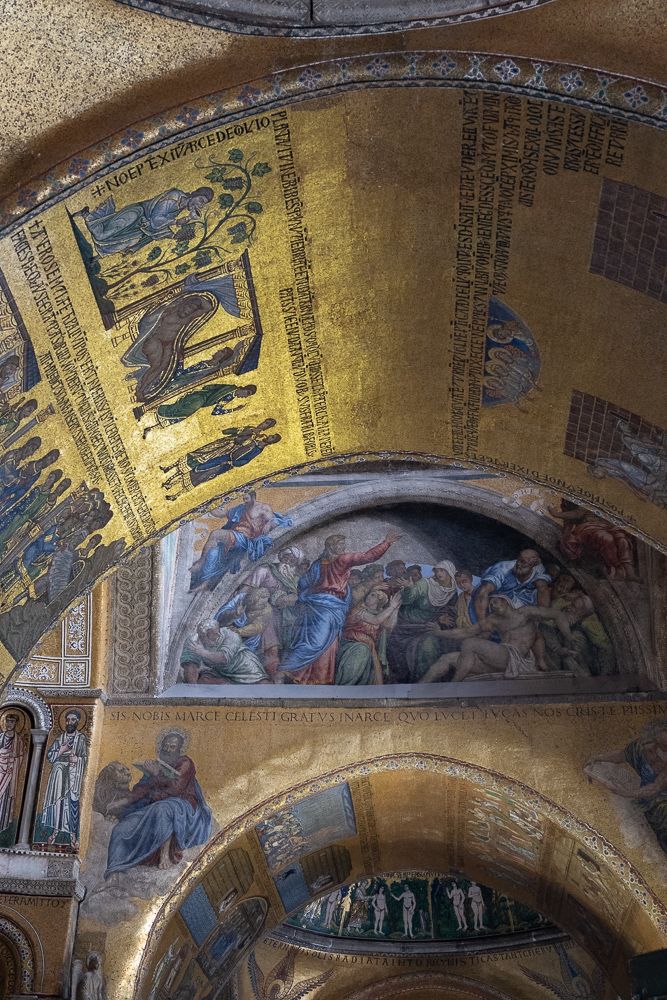
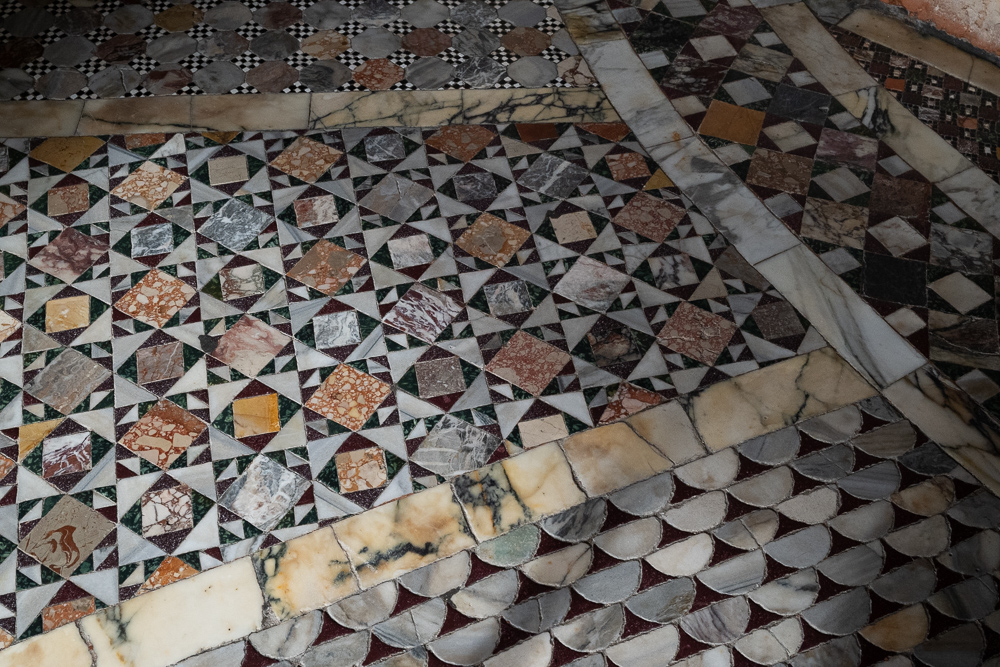
St. Mark’s Basilica continues to be a testament to the cultural, religious, and artistic legacy of Venice, and it stands as a remarkable example of the city’s historical and architectural heritage. The detail and reverence of the space was just incredible.
Overall, I feel that choosing this tour – Venice: Highlights Tour of St. Mark’s Basilica & Doge’s Palace – and the “Venice: Walking Tour & Gondola Ride” by Venice City Tours truly gave me a jam packed, incredibly insightful day regarding the history of Venice.
Venice: Highlights Tour of St. Mark's Basilica & Doge's Palace
Piazza San MarcoVenice, Italy
